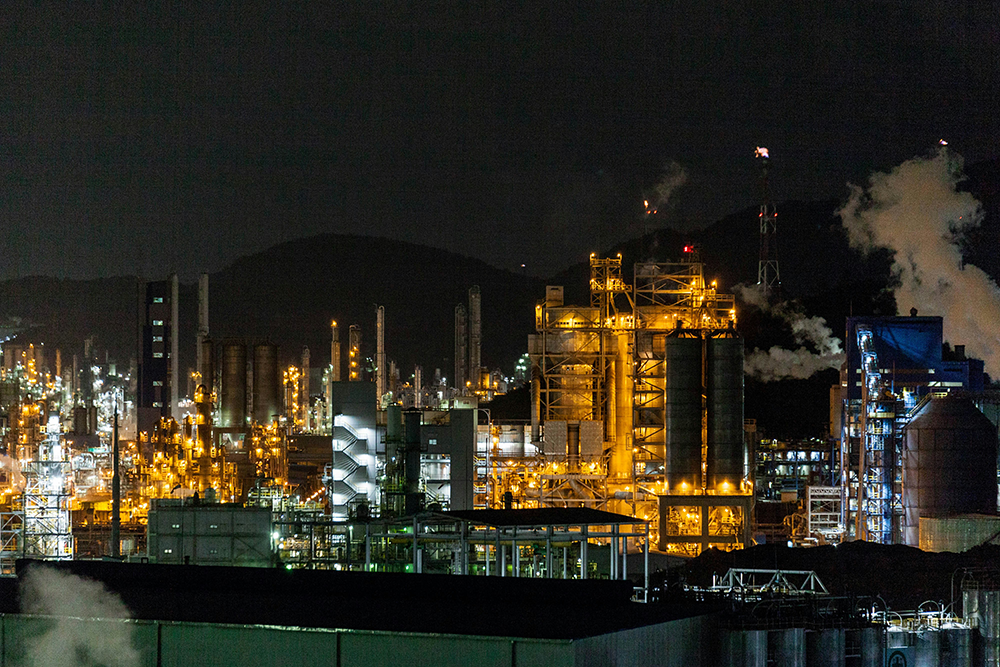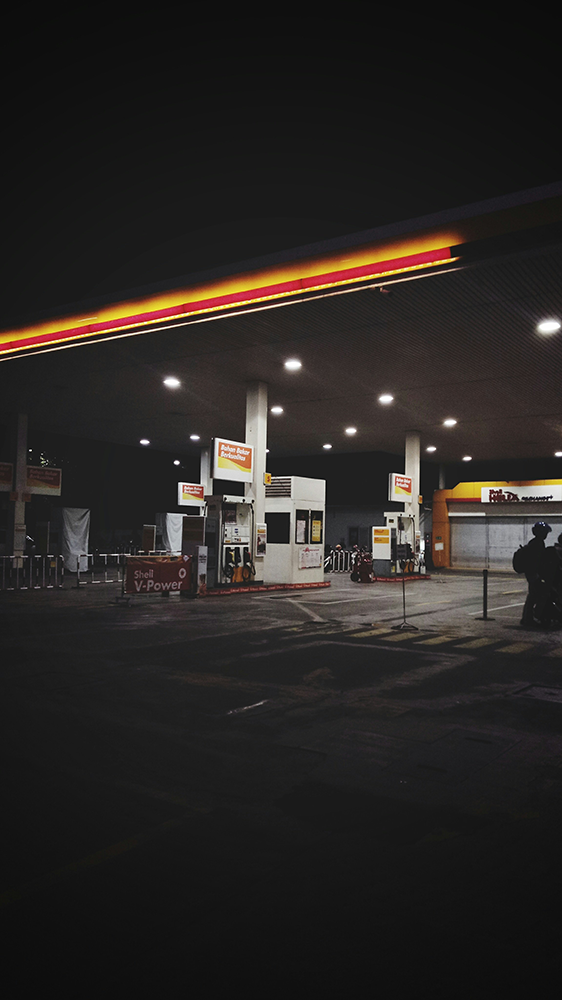What Is the Function of Air Release Valves in Petrochemical Pipelines?
In petrochemical systems, where precision, safety, and uptime are critical, air release valves serve a deceptively simple yet essential function. Though often small in size, these components protect entire pipeline networks from inefficiencies, structural damage, and catastrophic failures caused by trapped air.
Introduction
At GA Valves, we provide air release valves specifically engineered for petrochemical environments, with a focus on systems where the fluid passing through the valve is sea water—commonly used in offshore and onshore fire-fighting systems. These valves are designed to perform in harsh, corrosive conditions and maintain reliability during emergency flow events.
This article answers a foundational industry question:
What is the function of air release valves in petrochemical pipelines—and why are they essential to system performance and safety?
The Primary Function: Eliminating Trapped Air from the Pipeline
The main function of an air release valve is to automatically expel air that accumulates in pipelines during filling, draining, and operation. In petrochemical systems, air can enter through pumps, valves, vacuum points, or dissolved gases coming out of solution under pressure changes.
If left unaddressed, this trapped air can:
- Form air pockets that disrupt flow and reduce system efficiency
- Cause water hammer or pressure surges that damage equipment
- Lead to metering and control inaccuracies
- Accelerate corrosion through increased oxygen exposure
- Create false alarms in pressure sensors or control systems
Air release valves maintain system reliability by venting air at key high points where it naturally collects, ensuring a full, pressurised, and efficient flow path.
Why It’s Critical in Petrochemical Fire-Fighting Systems Using Sea Water
In many petrochemical facilities—particularly offshore platforms and coastal terminals—sea water is the primary fluid used for emergency fire-fighting systems. These pipelines must remain fully primed and ready for immediate operation.
Trapped air in these systems can cause:
- Delayed water delivery during fire emergencies
- Increased corrosion risk due to air-sea water interaction
- Pump cavitation or unstable pressure during rapid activation
Air release valves in these scenarios are vital, ensuring sea water is available without air obstruction when it’s needed most.
Types of Air Release Valves Used in Petrochemical Pipelines
1. Automatic Air Release Valves
Constantly vent small amounts of air during normal operation
Typically installed at high points in the system
2. Kinetic (Large Orifice) Air Valves
Release or admit large volumes of air quickly during pipeline filling or draining
Prevent vacuum conditions on shutdown or emptying
3. Combination Air Valves
Integrate both automatic and kinetic functions
Ideal for complex or critical systems with variable flow conditions
Choosing the right valve type is essential for ensuring air management under all operating scenarios.
Strategic Locations for Installation
To function effectively, air release valves should be installed at:
- High points in the pipeline
- Downstream of pumps
- Points of slope or elevation change
- Pipeline dead ends or closed branches
- Critical control points or sensitive instruments
Each placement ensures the valve can relieve air where it naturally accumulates or where rapid evacuation is needed.
Key Benefits of Using Air Release Valves in Petrochemical Fire Systems
Fast, Unobstructed Flow – Ensures sea water reaches nozzles without air delay
Reduced Surge Risk – Prevents damaging water hammer events
Improved System Readiness – Valves help keep the pipeline “fire-ready” at all times
Corrosion Control – Removes oxygen-rich air that accelerates internal degradation
Operational Confidence – Enhances the integrity and response time of safety-critical infrastructure
Contact us now to see how we can help you!
Contact us by email at sales@gavalves.co.uk or call us on 01484 711983
Related Posts
Below you can view our related posts.

Guide
Small Air Release Valve for High Pressure Pump Station
High pressure pump stations are critical components in water distribution, industrial processing, and irrigation networks. But with higher
Read More
Resource
Small Air Release Valve for High Pressure Pump Station
High pressure pump stations are critical components in water distribution, industrial processing, and irrigation networks. But with higher
Read More
Guide
Sizing Chart for Small Orifice Air Valve
Small orifice air valves play a critical role in removing dissolved air from pressurised pipelines during operation. To
Read More